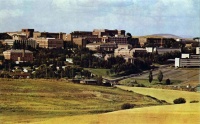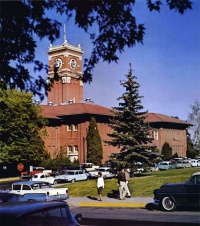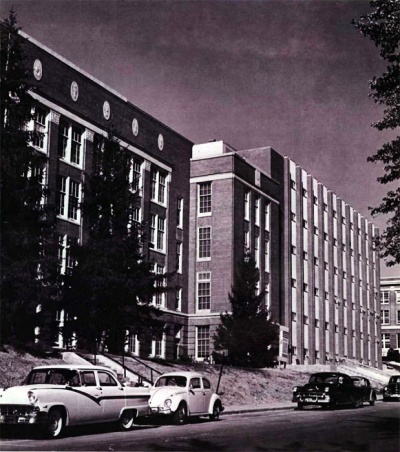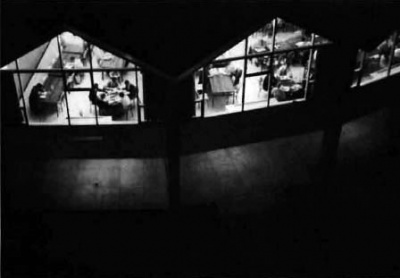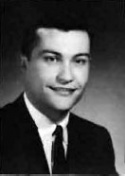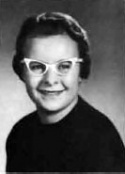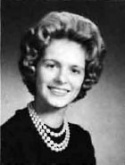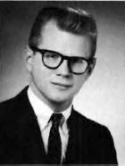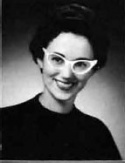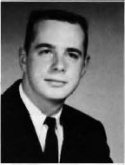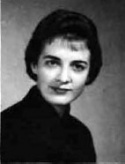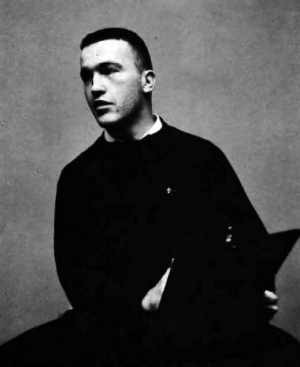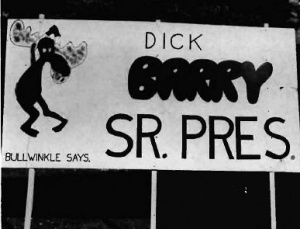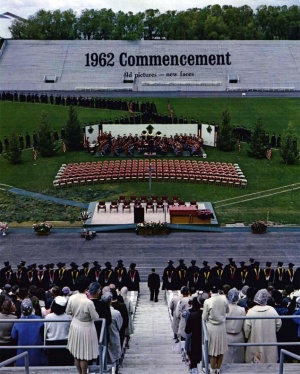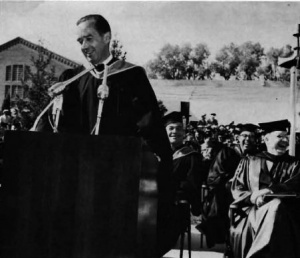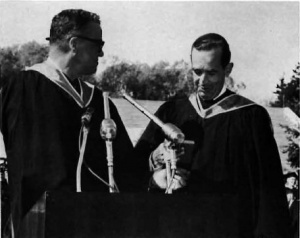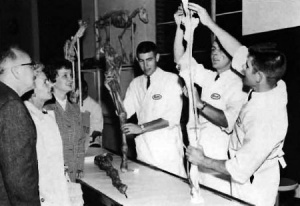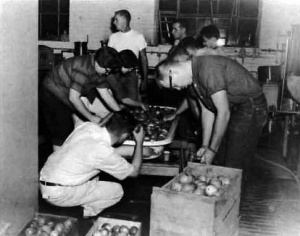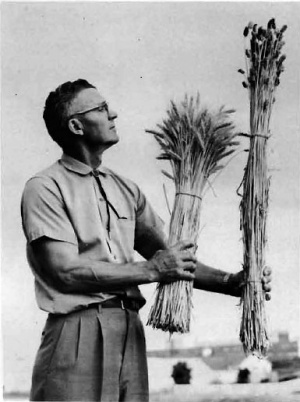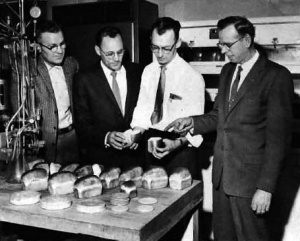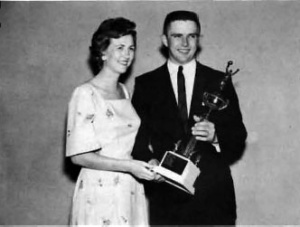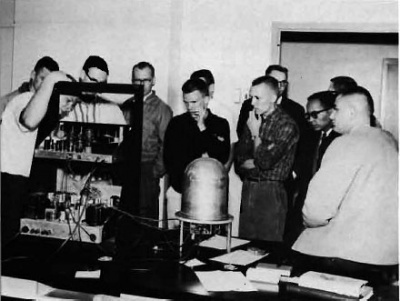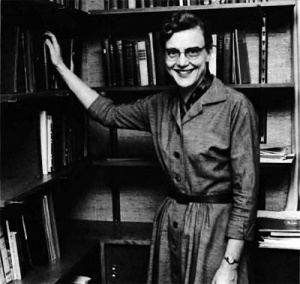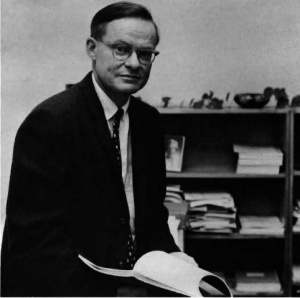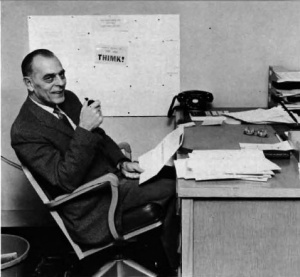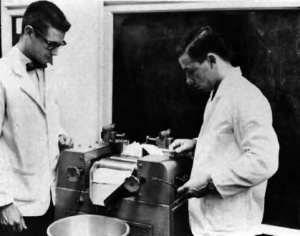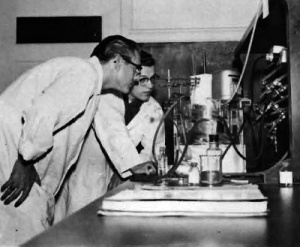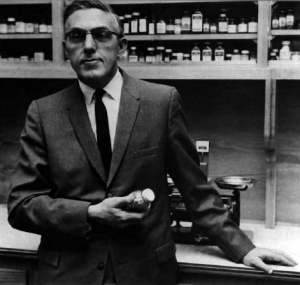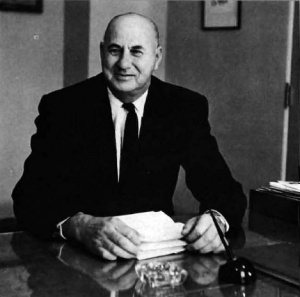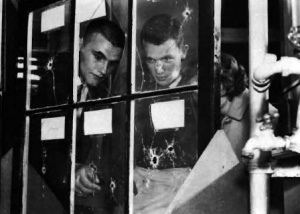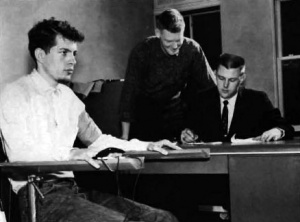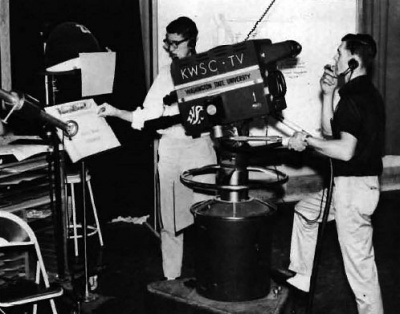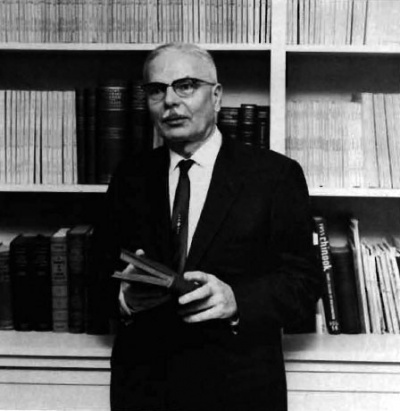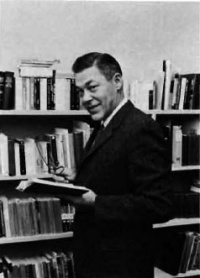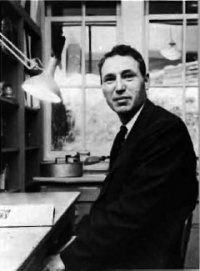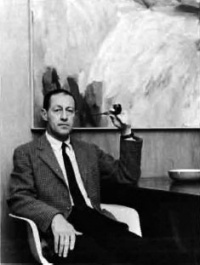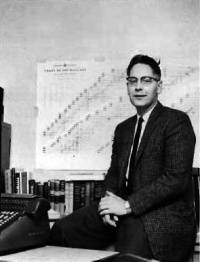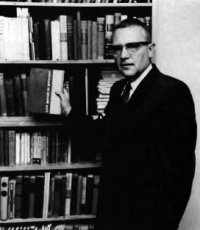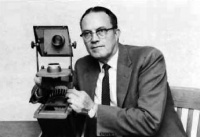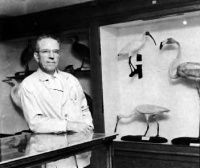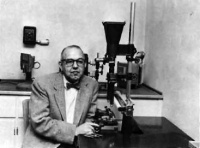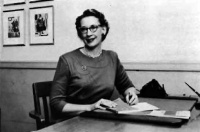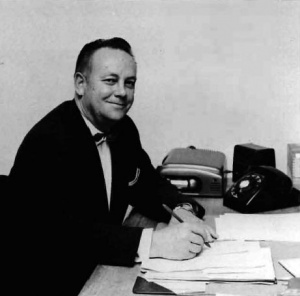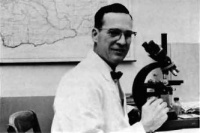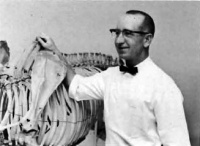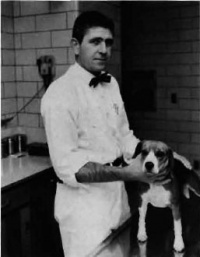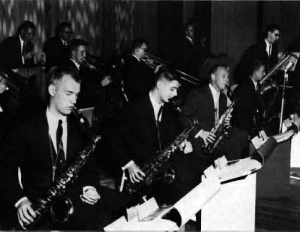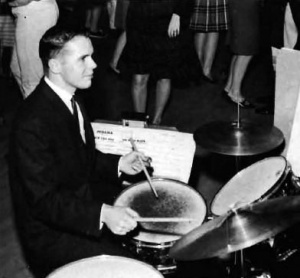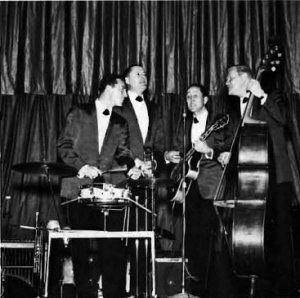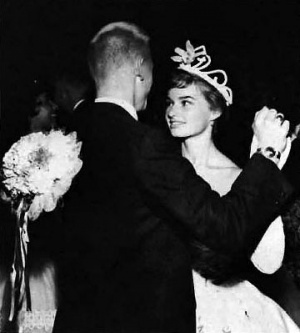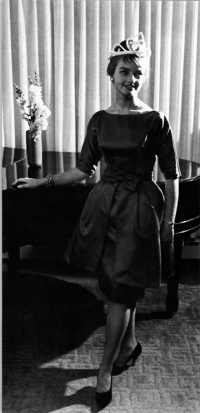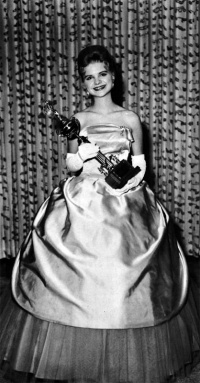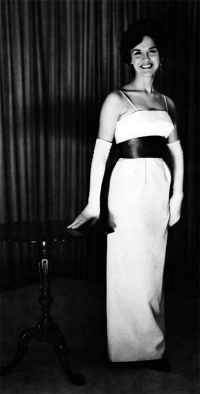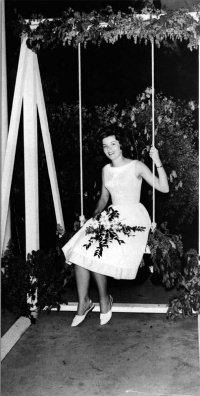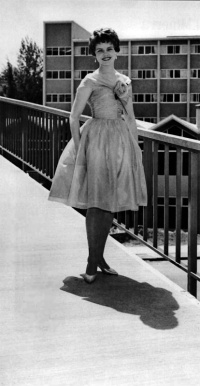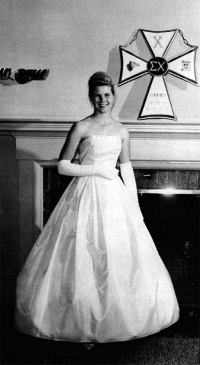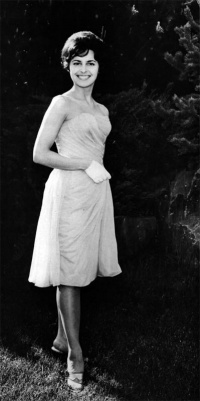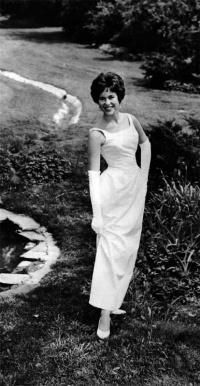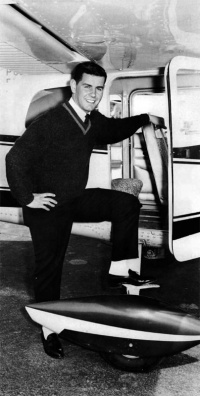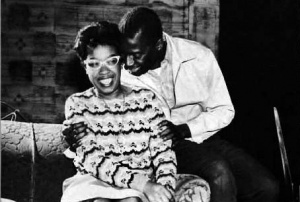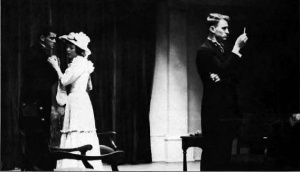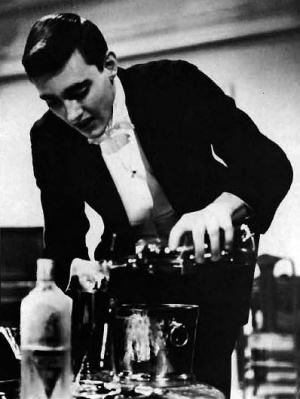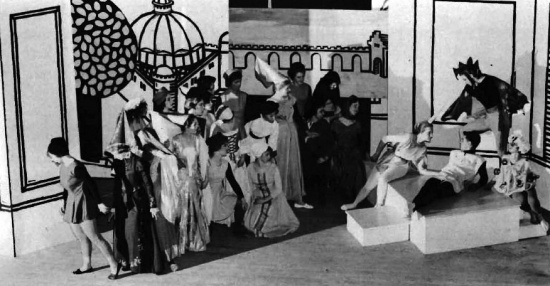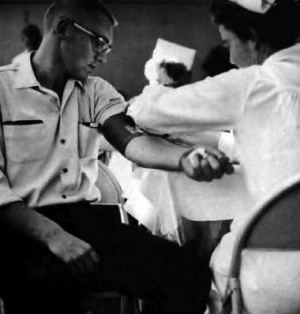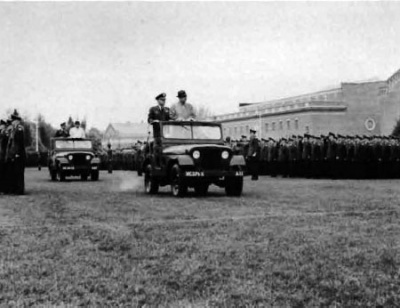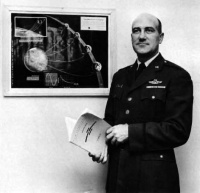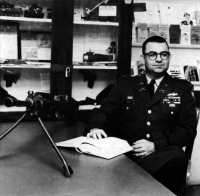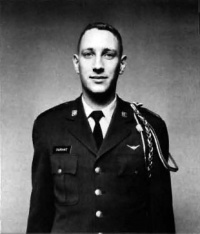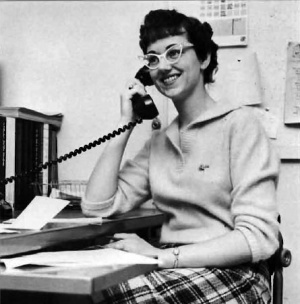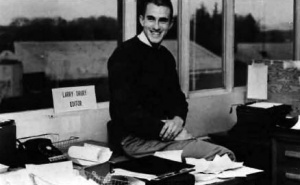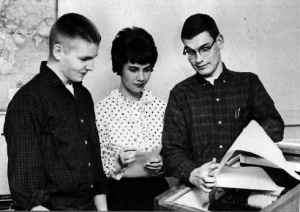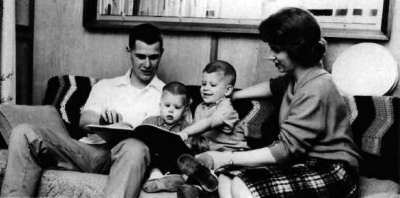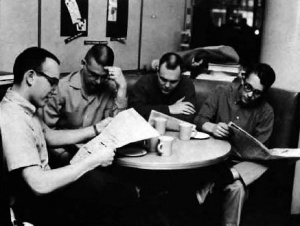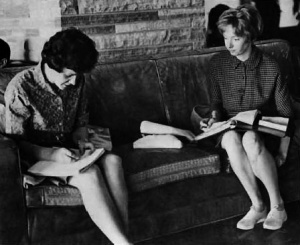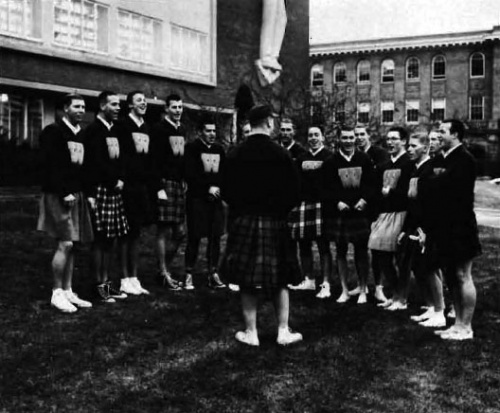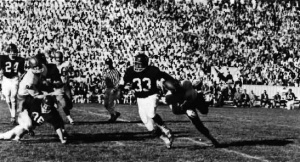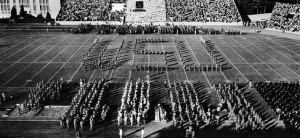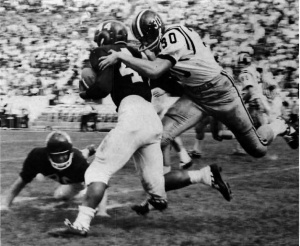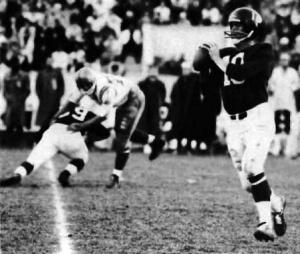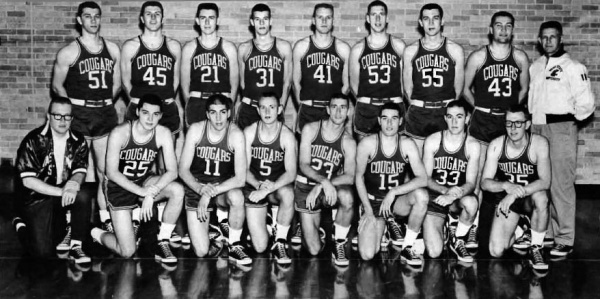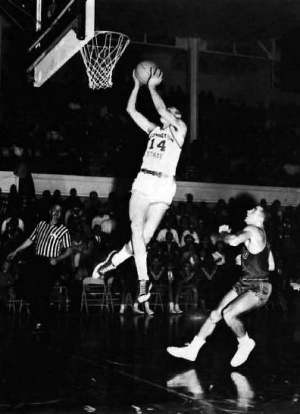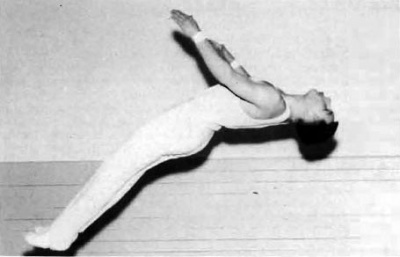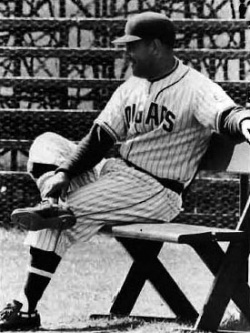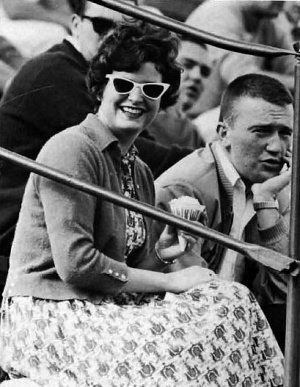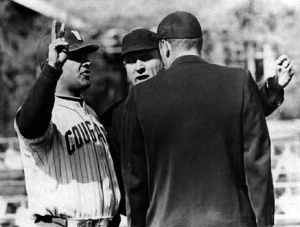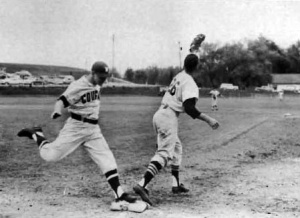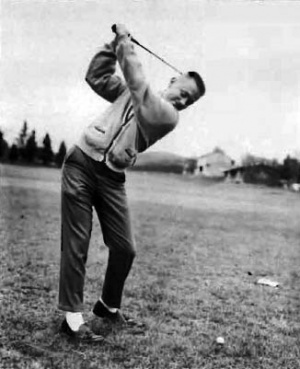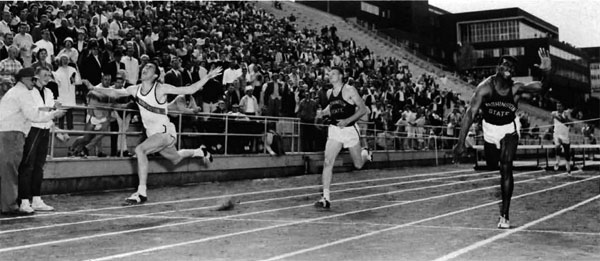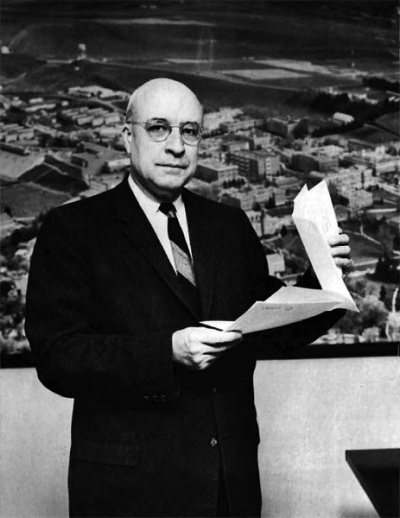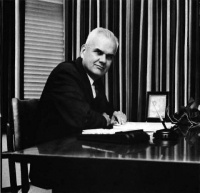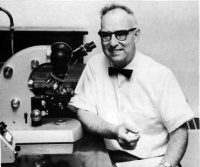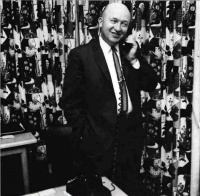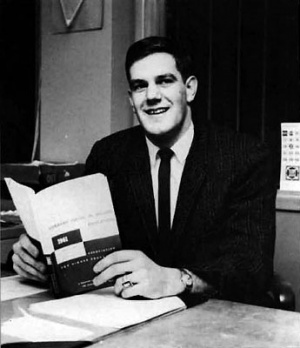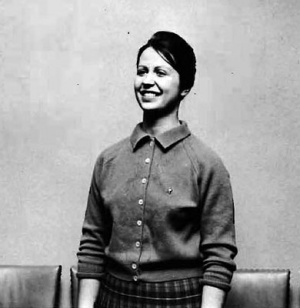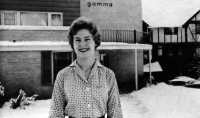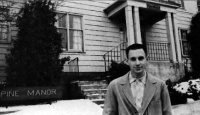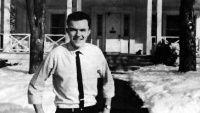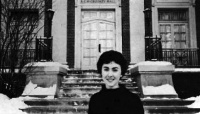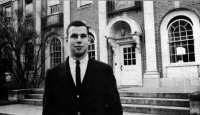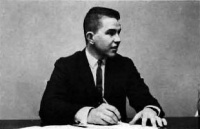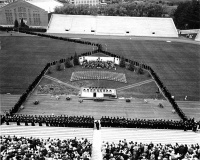Personal tools
Help
Tools
Class Notes
- Do you have news for fellow WSU alumni and other readers of Washington State Magazine? Send us your class note.
Our Story
written by alumni, faculty and friends.
NOTE: THIS IS A LEGACY SITE AND IS NOT REGULARLY MAINTAINED
Views
Fifty Years Back: Washington State University in 1962
From Our Story
Posted May 2012, with selections from the 1962 Chinook, the Washington State University yearbook.
Fifty years ago, Washington State University bustled with academic pursuits, sports, and campus life. Take a look back at the University of 1962 through the lens of the college’s yearbook, the Chinook.You can read all the Chinooks (in PDF format) from 1899-1986 at the WSU Libraries, Manuscripts, Archives, and Special Collections website. And if you have stories from WSU life in 1962 (or any other year) send them our way: our.story@wsu.edu
Campus
As a land grant college, WSU celebrated the centennial of the Morrill Land-Grant signed into law in 1862. In the fall of 1961, the 7,828 enrollment set a record. The university boasted colleges of Agriculture, Economics and Business, Education, Engineering and Mineral Technology, Home Economics, Pharmacy, Physical Education and Recreation, Sciences and Arts, and Veterinary Medicine. Campus also hosted the state’s Extension Service on campus.To accommodate the growth, the $4 million Johnson Hall, named after former dean of the College of Agriculture E.C. Johnson, was built from 1959 to 1961. The plant sciences building was designed primarily for research, but students in Agronomy, Agriculture, Horticulture, Mathematics, and Military also used the new facilities.
Chemistry students and researchers had new laboratory facilities as the $2.5 million addition to Fulmer Hall was completed. The Chinook says, “Walking past Fulmer on a nice spring day, one has no difficulty identifying it as the chemistry building. The aroma which fills the air makes it clear.”
Rotunda Dining Hall, officially the Stanton J. Hall Rotunda, named for a former WSU Regent, opened for breakfast November 27, 1961. It served residents of Gannon, Goldsworthy, Kruegel, McAllister, and Pioneer Halls, with approximately 1,300 men served each meal that year, and tens of thousands more over its many years of service.
The Senior Class
Seniors of 1962 showed off the styles of the time, from buttoned-down suits and slick, short hair to funky white cat’s-eye glasses and sweaters.
Dick Barry was president of the senior class, and apparently was endorsed by Bullwinkle the Moose.
The 1962 commencement featured broadcaster Edward R. Murrow as speaker. Murrow also received the Distinguished Alumnus award at the ceremony.
Academics
WSU’s academic offerings spread across the disciplines, bolstered by its traditional strengths in agriculture, veterinary medicine, pharmacy, and engineering.
College of Agriculture
Fifteen different departmental programs prepared students for careers in agricultural sciences, ranging from forestry to economics and plant pathology and dairy science.
Karl Felgenhauer (who also received “Aggie of theYear”) led the Associated Students of the College of Agriculture, which served its students through the publication Agriculturist and coordinated the clubs, such as Alpha Zeta, Horticulture, and Ag Economics.
College of Engineering and Mineral Technology
Part of the Institute of Technology—which also included industrial research, mining experiments station, and technical extension—the college taught students in architectural engineering; mining and metallurgy; mechanical, civil, electrical, and chemical engineering.
College of Home Economics
The Chinook described the college as providing “a broad education in natural science, social science, and humanities, as well as in home economics...” to improve conditions in “child care, health housing, nutrition and personal and community relations.”
College of Economics and Business
The college ran economic and business research, as well as training students in business administration, hotel administration, economics, and secretarial studies.
The hotel administration’s fraternal club, Sigma Iota, held an annual Bell Hop dance and selected Willis V. Hansen as Bellman of the Year.
College of Education
Women graduating from the college outnumbered men significantly in 1962, with the exception of the Industrial Arts department, which had no senior women at all.
College of Pharmacy
The college taught professional pharmacists and prepared students for research and teaching careers.
College of Physical Education and Recreation
Phys Ed, separate from the College of Education, offered up to master’s and PhD degrees in the field.
Men and women had separate physical education programs.
College of Sciences & Arts
Majors in this college covered the humanities, social sciences, and biological and physical sciences. Some of the departments were botany, zoology, mathematics, geology, physics, English, music, journalism, fine arts, anthropology, and police science.
College of Veterinary Medicine
Vet Med trained veterinarians and researched pathology and animal health.
Life
Of course students were at WSU to study, but they didn’t forgo the joys of life outside the classroom.
Informal dances, concerts, and events, from the Harvest Ball to Homecoming, kept students hopping. Students chose royalty for many of the big events, as well as for their living groups.
Plays and other performances provided entertainment for the campus.
The students and faculty also hosted open houses for the community, other students, and kids, to show the latest research and machines.
Clubs and organizations joined students with like interests in activities and service.
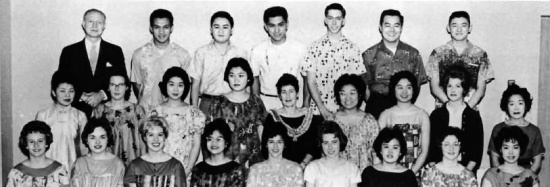
International students, particularly from Pakistan with its strong connection to WSU, showed the world to students and the campus community.
Air Force and Army ROTC had a strong presence on campus in 1962. The 905th detachment of Air Force ROTC at WSU was rated as one of the best in the country. The Army ROTC had classroom studies and drills on campus.
Students produced and managed their publications, the Chinook and theDaily Evergreen.
The 1962 Chinook devoted several pages to married students and their lives.
Of course, the CUB provided Cougs some places to hang out or even study, if the mood took them.
Sports
“The intercollegiate athletic program at WSU touches practically every one of the institution’s students—athlete or not! Although several hundred students actually take part in the intercollegiate athletic program as members of one of the 10 Cougar teams in Varsity competition, or on one of 8 Freshman squads, this number is small compared with the thousands of students involved in activities that have come to be the spirit of the athletic program as the teams are its heart.”
Grey “W”
Cougar athletes, initiates of the Grey “W” club, displayed “ill-fitting skirts and hairy legs” as tradition demanded of them.
Football
“Jim Sutherland's Cougars came just five points away from a successful season in 1961…” with a 3-7 record.
At the Apple Cup, “in a magnificent football game in Seattle played before a sellout crowd of nearly 50,000 and televised to millions more throughout the west, the Cougars missed by less than a single touchdown of scoring one of the season’s great upsets.”
Basketball
Coach Marv Harshman’s team had a tough season, going to an 8-18 record on disappointing shooting.
Gymnastics
“1962 was a banner year for Coach J. Hubert Dunn’s Washington State Gymnastics team. The Cougars’ third place finish in the Western Intercollegiate Gymnastics association meet at Sacramento was the highest ever scored by a Northwest team in this tournament.”
Swimming
The Cougars finished third in the Far West meet, and senior Gary Chase was voted most outstanding swimmer. Chase and Chris Marker went to the NCAA finals.
Baseball
Under the leadership of Coach Bobo Brayton, WSU finished third in the Northern Division race and posted an overall record of 18 wins, 12 losses and one tie. In Conference play, the Cougars were 8-5.
Golf
Coach Jack Friel’s Cougar golf team broke even with a 6-6 record in 1962.
Track
Cougar track and field athletes, led by Coach Jack Mooberry, enjoyed a record-setting season in 1962 while winning four of six meets against Northwest opposition. Canadian senior and team captain Don Bertoia broke WSU’s record in the mile with a time of 4:07.7 and tied the school 880 mark at 1:51.3. Wayne Wilson set a new standard in pole vault with a leap of 14’ 7 ½” against Oregon State.
Tennis
Cougar tennis players compiled an 8-6 record in 1962 under the direction of Coach Bob Agnew.
Leaders
WSU was led by President C. Clement French. He was aided by Dean of Faculty S. Town Stephenson, Dean of the Graduate School D. S. Farner, Dean of Students J. C. Clevenger (Clevenger Lounge) and the other leaders of campus.
Among students, Tim Manring was president of the Associated Students of WSU. Lu Ann Haugen served as president of the Association of Women Students. Living groups (fraternities, sororities, dorms, and independents) had their own leadership, a few of whom are shown below.
Our Story site map
Our Story main page | Our Story categories | Help Desk
Contact | Give | Advertise
Washington State Magazine | Washington State University | Class Notes
Our Story is coordinated by
In partnership with
Our Story and Washington State Magazine are publications of Washington State University. All rights reserved.
P.O. Box 641227, Washington State University, Pullman, WA 99164-1227 USA | wsm@wsu.edu, 509-335-2388
Accessibility | Copyright | Policies
